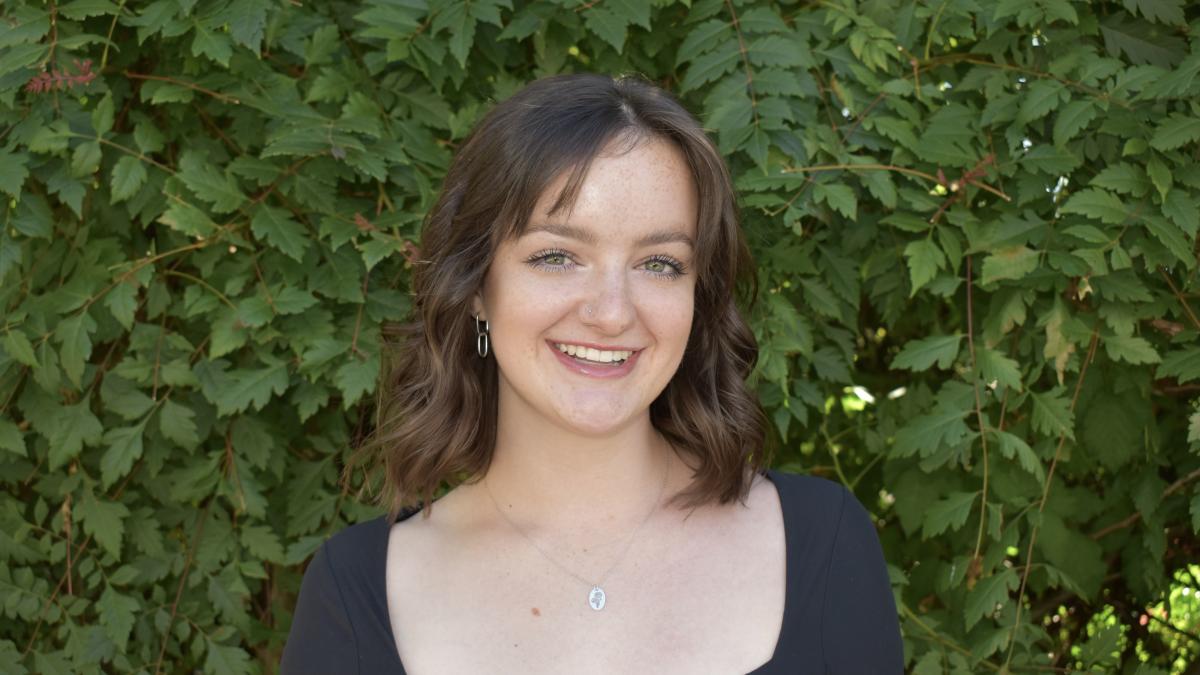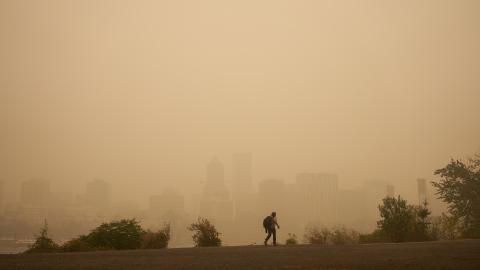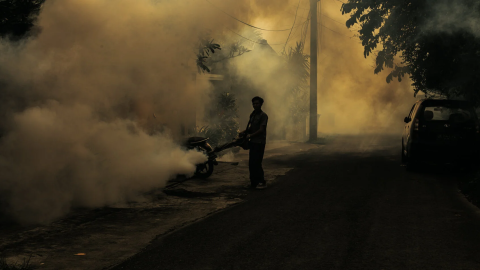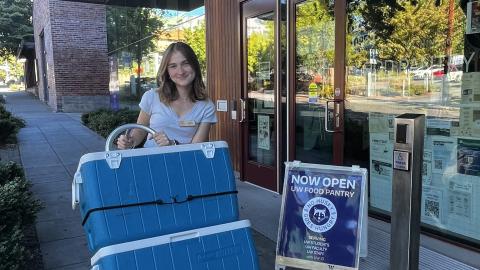This summer, I embraced the UW EarthLab’s mission to “push the boundaries” as an EarthLab intern with the Center for Health and the Global Environment (CHanGE). ChanGE aims to promote the health benefits of climate action and envisions a world where climate and health initiatives support one another through resilience and sustainability.
CHanGE strategically works toward these goals by mobilizing an interdisciplinary team that tests interventions, develops tools and works with communities worldwide to create equitable climate and health solutions. The center is part of the UW Department of Environmental & Occupational Health Sciences (DEOHS) and the Department of Global Health, and an EarthLab member organization.
One of the groundbreaking tools CHanGE has developed is the Climate Health and Risk Tool (CHaRT). This tool for heat-health risk mapping and decision support has an interactive platform that allows users to explore how various factors — combining vulnerability, hazard and exposure — contribute to climate risks faced by communities, and then points them toward solutions to consider.
Working with this tool has deepened my understanding not only of the different ways climate impacts human health but also of how unevenly climate hazards are distributed. The inclusion of vulnerability factors (for example, being non-white or Indigenous, having low English literacy or being socially isolated) calls attention to the systemic inequities that drive disproportionate health outcomes.
Seeking environmental justice
For example, a study by researchers at the UW and the Duwamish River Community Coalition found that the Duwamish Valley has some of the worst air pollution in western Washington. This can be attributed to factors in the built environment such as industry and automobile pollution.
Residents in this area are thus nearly four times more likely to be hospitalized for asthma. The Duwamish Valley is home primarily to Black, Indigenous and people of color (BIPOC) individuals, and the poverty rate of the area is twice that of Seattle. To ensure solutions are legitimate and effective, we must confront these systems and actively include impacted communities in the solution-making process.
Working with the CHaRT tool at CHanGE represented a great opportunity to learn more about how data can be used to inform public health policy. It was a bit of a learning curve at first, as it required familiarizing myself with new competencies including fuzzy-logic modeling, user interface and user experience, information science, and GIS heat-health risk mapping.
I dove into these learning opportunities full force and am grateful for the new skills I developed and the support I received from my supervisors, Dr. Jeremy Hess, professor in DEOHS, Global Health and Emergency Medicine, and Marci Burden, program manager for CHanGE.
Pushing boundaries as a professional and a human
Beyond technical skill development, I have also grown immensely as a professional. I have conducted numerous interviews, along with my fellow intern Payton Curley, while doing customer discovery work for CHaRT.
This has entailed meeting with CHanGE’s impressive partners, including Public Health Seattle - King County, the Washington State Department of Health, Americares and Puget Sound Energy, to learn more about their work around climate and health and explore how CHaRT can be developed relevantly and accessibly.
Now, at the end of the summer, I’m thinking back to the beginning and wondering what “pushing the boundaries” would look like in practice. What I’ve come up with is this: humans are more resilient than we give ourselves credit for.
When we push boundaries to unite sectors, disciplines and cultures, push ourselves to think divergently and consider diverse perspectives, we’re also pushing ourselves to infuse hope into a world that’s made up of more innovative and equitable solutions.
Adapted from the original post here.




